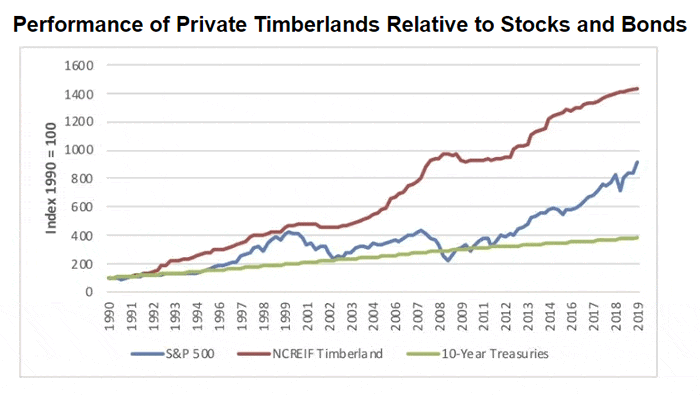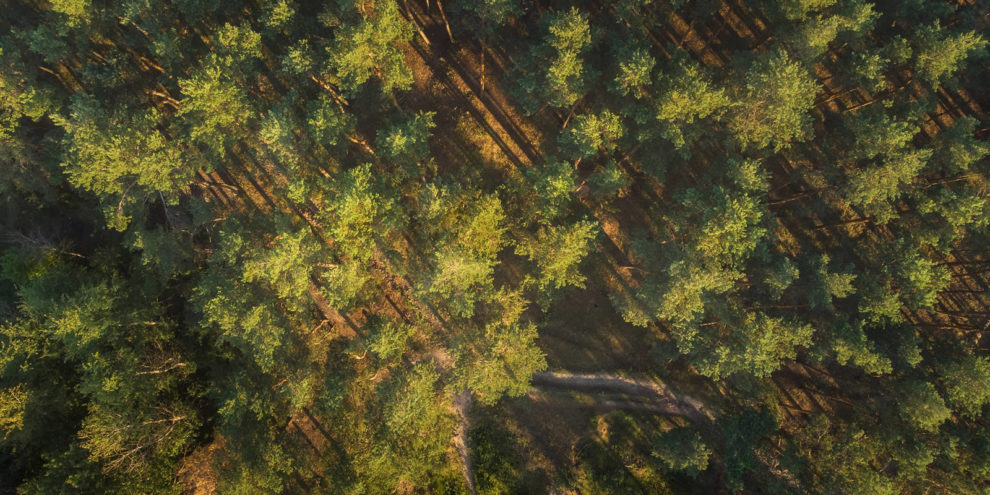In the current coronavirus pandemic and recessionary environment, do traditional reasons for holding timberland investments still apply? In a recent study, “Timberland 2020: From High Hopes to Viral Mopes and Back Again,” Forisk compared the long and short-term performance of private timberlands to other assets and benchmarks and also revisits the historic tendency of private timberlands to hedge inflation.
Why Timberland?
Over the past 50 years, forest ownership of investment-grade timberlands evolved in the U.S., shifting from the forest products industry to forest management specialists such as TIMOs and public real estate investment trusts (timber REITs). While some acreage went to developers or small landowners, most was acquired by institutional investors attracted by the cash flows, diversification and inflation-hedging characteristics.
How have timberland served investors? Over the long-term, privately-owned timberlands continue to exhibit strong risk-adjusted returns relative to assets such as stocks and bonds (Figure). Timberland investments benefit from the fact that they comprise a diversified bundle of businesses. A given forest can serve multiple, often countercyclical, markets including hardwood and softwood, grade and pulpwood, along with non-timber markets such as recreation, minerals and cell towers.

Over the past thirty years, a preliminary survey of the data indicates timberland satisfied its mandate. An investment of $100 in the S&P 500 in Q1 1990 would have appreciated to $914.20 by the end of Q1 2020, not including dividends. The same $100 invested in private timberlands would have appreciated to $1,426.22 over the same time frame.
This content may not be used or reproduced in any manner whatsoever, in part or in whole, without written permission of LANDTHINK. Use of this content without permission is a violation of federal copyright law. The articles, posts, comments, opinions and information provided by LANDTHINK are for informational and research purposes only and DOES NOT substitute or coincide with the advice of an attorney, accountant, real estate broker or any other licensed real estate professional. LANDTHINK strongly advises visitors and readers to seek their own professional guidance and advice related to buying, investing in or selling real estate.










Add Comment